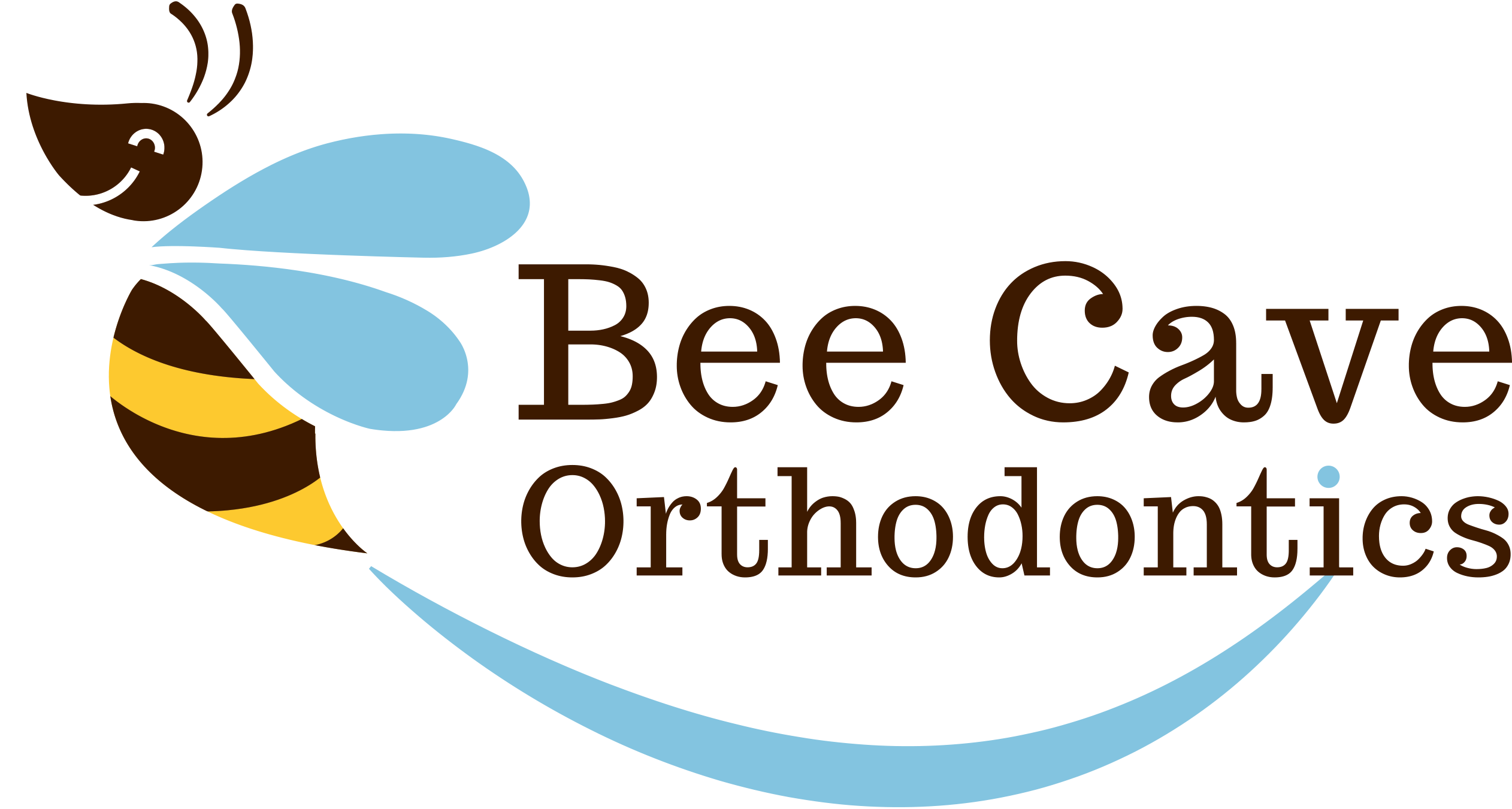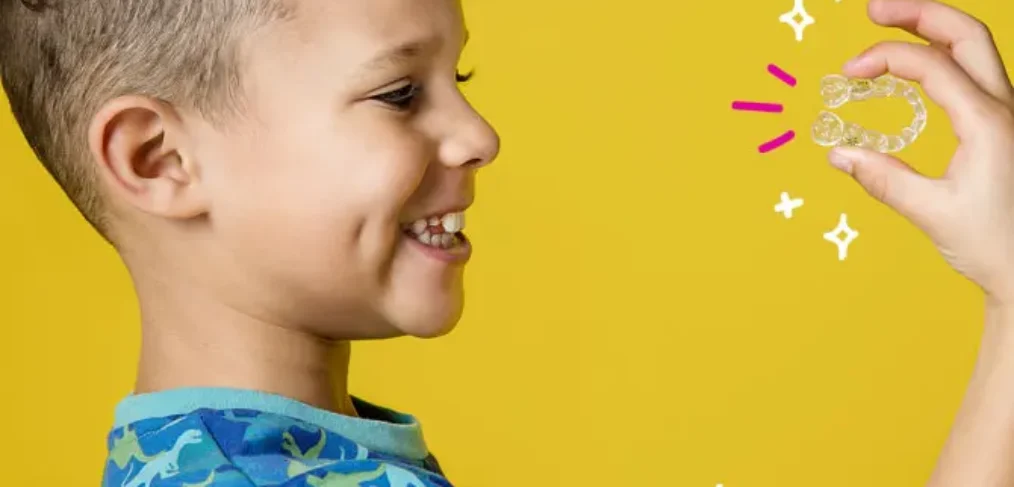Do you think thumb sucking is harming your child’s teeth? Learn the signs, risks, and how to break the habit with expert tips from Bee Cave Orthodontics. – Bee Cave Orthodontics – Austin, Texas
Thumb sucking is a natural reflex for many babies and young children. It provides comfort, helps them self-soothe, and can even help them fall asleep. But while it’s perfectly normal in infancy, prolonged thumb sucking—especially past the age of four—can lead to serious orthodontic issues that may require professional intervention.
In this post, we’ll explore how thumb sucking affects your child’s teeth, when to worry, and how Bee Cave Orthodontics can help you support your child’s healthy smile.
🍼 Why Do Kids Suck Their Thumbs?
Thumb sucking is a soothing habit that typically starts in infancy. For many children, it begins as a way to feel secure and cope with stress or boredom. Most children naturally grow out of it between ages 2 and 4. But when the habit continues beyond that, it can begin to interfere with normal oral development.
🦷 How Thumb Sucking Affects Teeth and Jaws
The intensity and frequency of thumb sucking play a big role in determining whether it causes dental problems. Gentle sucking may not be as damaging, but vigorous or frequent thumb sucking can lead to:
-
Open bite: The upper and lower front teeth don’t touch when the mouth is closed, leaving a noticeable gap.
-
Overjet (protruding front teeth): The upper front teeth push forward, often giving a “buck teeth” appearance.
-
Speech issues: Misaligned teeth and improper jaw development can contribute to speech delays or difficulties.
-
Narrow palate: Prolonged thumb sucking can affect the roof of the mouth, leading to crowding or crossbite.
-
Changes in facial growth: In severe cases, it can even impact facial symmetry and jaw position.
📆 When Should You Be Concerned?
If your child is still sucking their thumb after age 4 or 5—or if you’re starting to see signs like a misaligned bite or speech issues—it’s time to talk to an orthodontist.
At Bee Cave Orthodontics, we often recommend an initial consultation by age 7, as advised by the American Association of Orthodontists. This doesn’t always mean your child needs braces right away, but early monitoring can make a big difference.
💡 Tips to Help Your Child Break the Habit
Breaking a thumb sucking habit isn’t always easy, especially if it’s tied to emotional comfort. But with patience and the right strategies, you can help your child stop before it leads to long-term issues:
-
Positive reinforcement: Praise and reward your child for not sucking their thumb, rather than scolding when they do.
-
Identify triggers: Is it boredom, anxiety, or tiredness? Understanding the cause helps you redirect the behavior.
-
Offer substitutes: A comfort toy, blanket, or even chewing gum (for older kids) can replace the thumb.
-
Gentle reminders: Try using a bandage on the thumb or a sock over the hand at night to help break the pattern.
-
Get professional support: If the habit persists, your orthodontist can suggest oral appliances that gently discourage thumb sucking.
👩⚕️ What Can an Orthodontist Do?
At Bee Cave Orthodontics, Dr. D specializes in early orthodontic intervention, especially for children with habits like thumb sucking. She understands the unique needs of kids—including those with special sensory or emotional considerations—and works closely with parents to create a comfortable, supportive experience.
We offer early monitoring, habit-breaking appliances, and customized treatment plans that focus on proper jaw development and long-term oral health. If your child is still sucking their thumb or showing early signs of bite problems, we’re here to help you take the next step.
✅ When to Schedule a Consultation
-
Your child is older than 4 and still sucking their thumb
-
You notice changes in bite, teeth alignment, or speech
-
You want reassurance or expert guidance on your child’s oral development
A simple consultation can make all the difference in setting your child on the path to a healthy, confident smile.
🗓️ Book a Free Consultation Today
If you’re worried about how thumb sucking might affect your child’s smile, don’t wait. Dr. D and the Bee Cave Orthodontics team are here to help with expert, compassionate care.
👉 Schedule your free consultation now and give your child the gift of a healthy smile—for life:
- Click here to Schedule a Free Consultation now!
- Want to get to know us a little better? Check out our YouTube Videos!



